The history of hemorrhoid (Piles) treatments spans thousands of years, reflecting the enduring prevalence of this condition throughout human history. Hemorrhoids, also known as piles, are swollen and inflamed blood vessels in the rectum and anus that can cause discomfort and pain. Here is a brief overview of the evolution of hemorrhoid treatments:

Ancient Times: Some of the earliest recorded references to hemorrhoids date back to ancient civilizations. Ancient Egyptians, around 1700 BC, described treatments for hemorrhoids in medical papyri. They used concoctions made from herbs and plants to alleviate symptoms.
Traditional Chinese Medicine: Traditional Chinese Medicine (TCM) documented treatments for hemorrhoids more than 2,000 years ago. TCM practitioners prescribed herbal remedies, acupuncture, and other holistic approaches to manage hemorrhoidal symptoms.
Ancient Greeks and Romans: Hippocrates, a prominent ancient Greek physician (circa 460-370 BC), advocated for dietary changes, exercise, and the use of herbal ointments to treat hemorrhoids. The Roman physician Galen (circa 130-210 AD) also recommended various herbal treatments.
Medieval Period: During the medieval era, treatments became more diverse and included methods like using leeches to draw blood from hemorrhoids or cauterization to remove swollen tissues.
Renaissance and Early Modern Period: In the Renaissance period, surgery began to emerge as a treatment option for severe hemorrhoids. However, these surgical procedures often led to high mortality rates due to infection and lack of anesthesia.
19th Century: As medical knowledge advanced, less invasive treatments were introduced. Rubber band ligation was developed during this period, which involved tying a rubber band around the base of the hemorrhoid to cut off its blood supply, causing it to wither and fall off.
20th Century: In the early 20th century, various creams, ointments, and suppositories containing local anesthetics, steroids, or vasoconstrictors were introduced to provide symptomatic relief from hemorrhoids.
Modern Era: Advancements in medical technology and surgical techniques have significantly improved hemorrhoid treatment outcomes. Procedures like hemorrhoidectomy, which involves surgical removal of hemorrhoids, and more advanced forms of rubber band ligation, have become common treatments for severe cases.
Minimally Invasive Techniques: In recent decades, the focus has shifted towards less invasive treatments for hemorrhoids, such as infrared coagulation, laser therapy, and sclerotherapy. These methods aim to reduce the discomfort and recovery time associated with traditional surgery.
Throughout history, people have explored various treatments to address the discomfort and pain caused by hemorrhoids. While some traditional remedies persist to this day, medical advancements have expanded the range of treatment options available to patients, allowing for more effective and less invasive management of this common condition. As with any medical concern, it is essential to consult a healthcare professional to determine the most suitable treatment based on individual circumstances.
Note: One Stop Medical Center has provided the complete hemorrhoid care with minimal invasive approaches in the past 20 years. We have 2 office locations, Edina office in Minneapolis, Minnesota, and Casselberry in Orlando, Florida. Please fill out the online registration first if you are interested in hemorrhoid(piles) care, we will call you in 2 business days, or call us at 1-888-992-0019 if any questions.
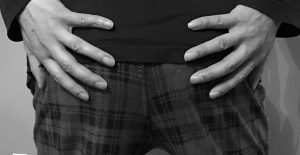 As the venous complex of an internal hemorrhoid becomes varicose and continues to enlarge, it bulges into the anal canal and loses its normal anchoring, becoming a prolapsing internal hemorrhoid. The prolapsing hemorrhoid usually returns into the anal canal or rectum on its own, or can be pushed back inside using one’s finger, but usually prolapses again after the next bowel movement. In the anal canal, a hemorrhoid is exposed to movement caused by passing stool, particularly hard stools that can cause bleeding and sting pain. The painless rectal bleeding with bright red blood is a common symptom of internal hemorrhoids. The rectal mucosal lining that has been pulled down secretes mucus and moistens the anus and its surrounding skin, while the stool itself can also leak onto the anal skin. Itchiness often occurs as a result of this dual presence of stool and moisture.
As the venous complex of an internal hemorrhoid becomes varicose and continues to enlarge, it bulges into the anal canal and loses its normal anchoring, becoming a prolapsing internal hemorrhoid. The prolapsing hemorrhoid usually returns into the anal canal or rectum on its own, or can be pushed back inside using one’s finger, but usually prolapses again after the next bowel movement. In the anal canal, a hemorrhoid is exposed to movement caused by passing stool, particularly hard stools that can cause bleeding and sting pain. The painless rectal bleeding with bright red blood is a common symptom of internal hemorrhoids. The rectal mucosal lining that has been pulled down secretes mucus and moistens the anus and its surrounding skin, while the stool itself can also leak onto the anal skin. Itchiness often occurs as a result of this dual presence of stool and moisture.
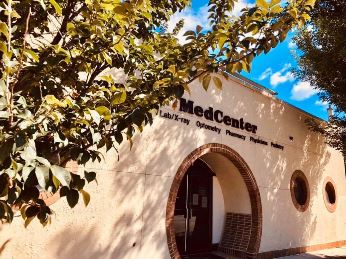
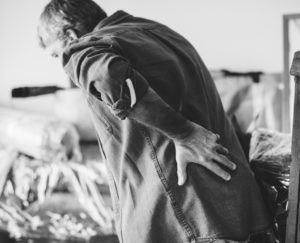 Severe pain is not a common symptom of hemorrhoids, because internal hemorrhoid happens in the area above the dentate line that is supplied by the visceral nerve, like those found within the intestines, which sense pressure rather than pain. Mild aching pain and skin iritating pain in the rectum is common because of local inflammation.
Severe pain is not a common symptom of hemorrhoids, because internal hemorrhoid happens in the area above the dentate line that is supplied by the visceral nerve, like those found within the intestines, which sense pressure rather than pain. Mild aching pain and skin iritating pain in the rectum is common because of local inflammation.  We used to believe that hemorrhoidal bleeding is venous. Now the evidence indicates that hemorrhoidal bleeding is arterial, which is supported by the bright red color and arterial pH of the blood.
We used to believe that hemorrhoidal bleeding is venous. Now the evidence indicates that hemorrhoidal bleeding is arterial, which is supported by the bright red color and arterial pH of the blood.  When you think of medical conditions or illnesses related to Minnesotans, you may assume something along the lines of frostbite, pneumonia, dry skin, or just anything related to the state’s extremely cold winters. However, a study of the most frequently Googled health condition in every US state in the past year revealed that the Land of 10,000 Lakes is most concerned about…
When you think of medical conditions or illnesses related to Minnesotans, you may assume something along the lines of frostbite, pneumonia, dry skin, or just anything related to the state’s extremely cold winters. However, a study of the most frequently Googled health condition in every US state in the past year revealed that the Land of 10,000 Lakes is most concerned about…
 Constipation is one of the most common bowel disorders affecting American adults, with roughly 20 percent of the population suffering from hard, painful stools. Defined as having fewer than three bowel movements per week for several weeks, constipation occurs when the colon absorbs too much water from the food passing through it, creating dry stool that’s extremely difficult to pass.
Constipation is one of the most common bowel disorders affecting American adults, with roughly 20 percent of the population suffering from hard, painful stools. Defined as having fewer than three bowel movements per week for several weeks, constipation occurs when the colon absorbs too much water from the food passing through it, creating dry stool that’s extremely difficult to pass. 3. Exercise more – Being more active is always beneficial to your health! Hitting the gym or simply going for a jog outside helps aid food breakdown and reduce the time it takes food to move through the large intestine. The less time food sits in your colon, the more water it retains to help ease stool passage later.
3. Exercise more – Being more active is always beneficial to your health! Hitting the gym or simply going for a jog outside helps aid food breakdown and reduce the time it takes food to move through the large intestine. The less time food sits in your colon, the more water it retains to help ease stool passage later. Although the exact causes of skin tags are unclear, they usually result from one or more of the following:
Although the exact causes of skin tags are unclear, they usually result from one or more of the following: The average American spends over five hours per day scrolling through Instagram feeds, checking Twitter, answering emails and texts, and watching Netflix—all via smartphone devices and, more often than not, while sitting. Add in the extra layer of using these mobile devices during bathroom trips, and most of us have significantly increased our risk of developing hemorrhoids.
The average American spends over five hours per day scrolling through Instagram feeds, checking Twitter, answering emails and texts, and watching Netflix—all via smartphone devices and, more often than not, while sitting. Add in the extra layer of using these mobile devices during bathroom trips, and most of us have significantly increased our risk of developing hemorrhoids. Your doctor will then insert a light-equipped device called an anoscope into your lower gastrointestinal tract via the anus. An anoscope is a small, hollow, rigid tube roughly 3-5 inches long and 2 inches wide and is usually coated with a jelly-like substance to help ease insertion. While the device is being inserted, your doctor may also ask you to clamp and relax your internal muscles to help with the placement of the anoscope.
Your doctor will then insert a light-equipped device called an anoscope into your lower gastrointestinal tract via the anus. An anoscope is a small, hollow, rigid tube roughly 3-5 inches long and 2 inches wide and is usually coated with a jelly-like substance to help ease insertion. While the device is being inserted, your doctor may also ask you to clamp and relax your internal muscles to help with the placement of the anoscope. Yes, you read that correctly—elephant foot yam is loaded with potential medicinal benefits and may even improve hemorrhoidal symptoms. This alternative medicine has long been used in Ayurveda, a traditional system of medicine rooted in the Indian subcontinent whose practices have recently been globalized. Used to treat numerous conditions such as sperm quality, liver and spleen disorders, and hemorrhages, elephant foot yam just may be the next big home remedy for treating hemorrhoids as well.
Yes, you read that correctly—elephant foot yam is loaded with potential medicinal benefits and may even improve hemorrhoidal symptoms. This alternative medicine has long been used in Ayurveda, a traditional system of medicine rooted in the Indian subcontinent whose practices have recently been globalized. Used to treat numerous conditions such as sperm quality, liver and spleen disorders, and hemorrhages, elephant foot yam just may be the next big home remedy for treating hemorrhoids as well.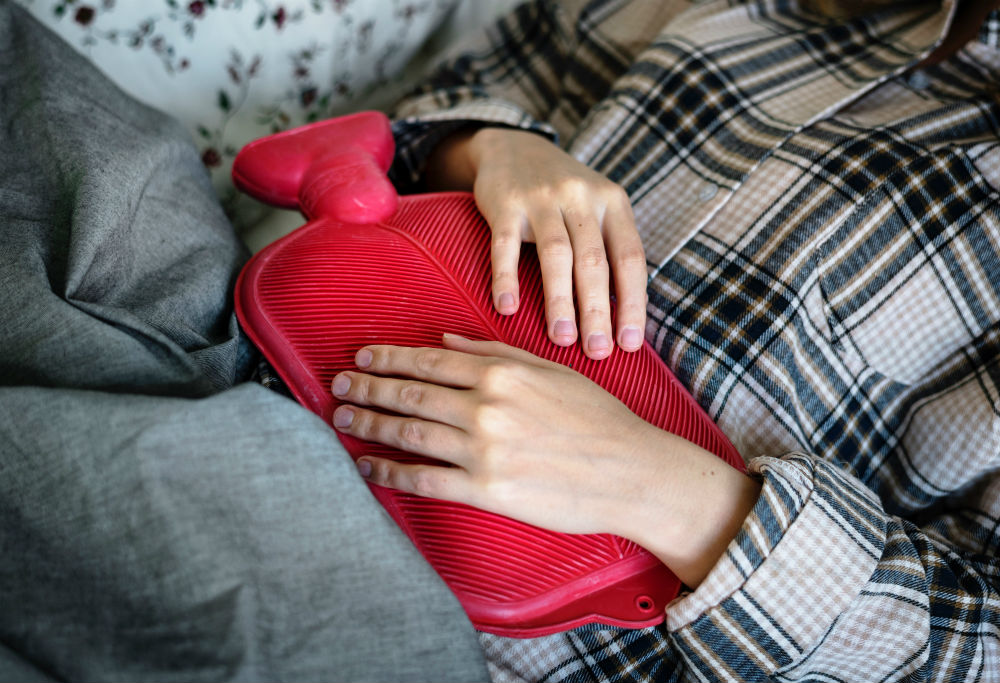 When considering
When considering 
 If you’ve ever experienced an itchy bum in the middle of the night, it’s quite an unpleasant sensation. Scratching the area may provide temporary relief, but the harshness of your nails ends up causing further irritation and damage to the already sensitive anal region.
If you’ve ever experienced an itchy bum in the middle of the night, it’s quite an unpleasant sensation. Scratching the area may provide temporary relief, but the harshness of your nails ends up causing further irritation and damage to the already sensitive anal region. While the term
While the term  Bleeding from your rectum or anus is never a pleasant experience, and it can understandably cause immediate panic. Generally, bright red blood indicates bleeding in the lower rectum, while dark red blood indicates bleeding from deeper and further up in the body. While passing dark red blood is usually a sign of digestive bleeding and requires immediate attention,
Bleeding from your rectum or anus is never a pleasant experience, and it can understandably cause immediate panic. Generally, bright red blood indicates bleeding in the lower rectum, while dark red blood indicates bleeding from deeper and further up in the body. While passing dark red blood is usually a sign of digestive bleeding and requires immediate attention,  After rubber band ligation, you’ll typically experience a bit of pain and a feeling of fullness in the lower abdomen, as well as an urge to have a bowel movement. These sensations are totally normal and usually subside within a few days. You may also experience small amounts of anal/rectal bleeding for about 7 days after procedure due to the hemorrhoid falling off. It’s encouraged to avoid physically intense activities that strain the body for at least 2-3 weeks. While some patients are able to return to regular activities immediately, others may need a couple days of downtime and bed rest.
After rubber band ligation, you’ll typically experience a bit of pain and a feeling of fullness in the lower abdomen, as well as an urge to have a bowel movement. These sensations are totally normal and usually subside within a few days. You may also experience small amounts of anal/rectal bleeding for about 7 days after procedure due to the hemorrhoid falling off. It’s encouraged to avoid physically intense activities that strain the body for at least 2-3 weeks. While some patients are able to return to regular activities immediately, others may need a couple days of downtime and bed rest. Hemorrhoids have plagued humans for thousands of years, with the earliest known mention of its symptoms dating back to roughly ~2250 BC in the kingdom of Babylon in the Code of King Hammurabi. Fast forward to 1700 BC in Egypt, and we stumble upon the first-ever recorded case of hemorrhoids, which also happened to highlight an important topical wound ointment.
Hemorrhoids have plagued humans for thousands of years, with the earliest known mention of its symptoms dating back to roughly ~2250 BC in the kingdom of Babylon in the Code of King Hammurabi. Fast forward to 1700 BC in Egypt, and we stumble upon the first-ever recorded case of hemorrhoids, which also happened to highlight an important topical wound ointment. Dealing with hemorrhoid discomfort can be a real pain (literally). In addition to visiting your doctor for a full exam,
Dealing with hemorrhoid discomfort can be a real pain (literally). In addition to visiting your doctor for a full exam,  2. Straining/overexerting yourself during workouts – If a weight is too heavy, DON’T force yourself. Suddenly increasing weight amounts too quickly puts a burst of pressure on your lower region, which is NOT what you want for your blood vessels.
2. Straining/overexerting yourself during workouts – If a weight is too heavy, DON’T force yourself. Suddenly increasing weight amounts too quickly puts a burst of pressure on your lower region, which is NOT what you want for your blood vessels. 5. Sitting for long periods of time – It’s not just excessive toilet-sitting that’s frowned upon. Sitting and binge-watching four straight hours of Keeping Up With the Kardashians will essentially produce the same negative results. Decreased mobility can cause blood flow to also decrease, and blood is more likely to gather up/pool in the anal veins, causing irritation and swelling that can develop into hemorrhoids.
5. Sitting for long periods of time – It’s not just excessive toilet-sitting that’s frowned upon. Sitting and binge-watching four straight hours of Keeping Up With the Kardashians will essentially produce the same negative results. Decreased mobility can cause blood flow to also decrease, and blood is more likely to gather up/pool in the anal veins, causing irritation and swelling that can develop into hemorrhoids.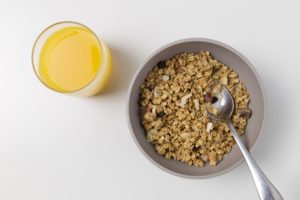

 Because the symptoms of hemorrhoids and early-stage rectal/colon cancer are very similar, people often confuse and, at times, misdiagnose the two conditions. Since the treatment method for each condition is vastly different, it’s important to know how to differentiate hemorrhoids from rectal cancer and proceed with the appropriate treatment options.
Because the symptoms of hemorrhoids and early-stage rectal/colon cancer are very similar, people often confuse and, at times, misdiagnose the two conditions. Since the treatment method for each condition is vastly different, it’s important to know how to differentiate hemorrhoids from rectal cancer and proceed with the appropriate treatment options.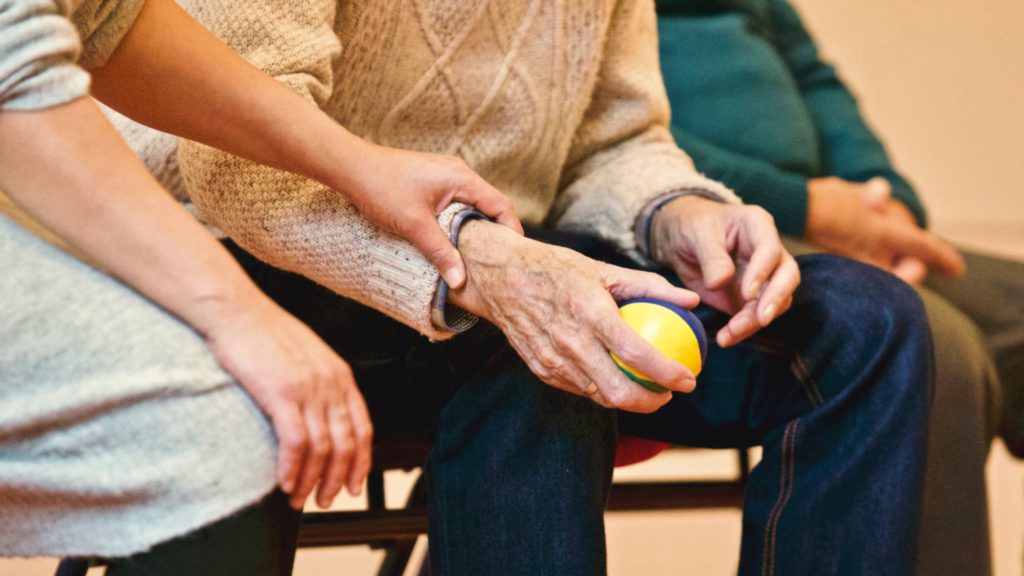


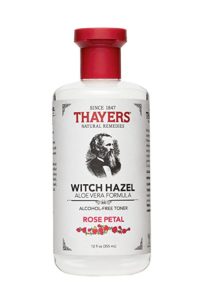
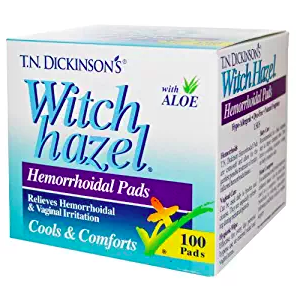
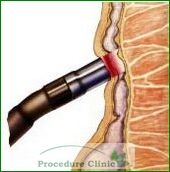
 IRC offers major advantages to patients over previous hemorrhoid treatment methods:
IRC offers major advantages to patients over previous hemorrhoid treatment methods: Anoscopy is a simple medical procedure that can help your doctor identify an abnormality in your anus and distal rectum.
Anoscopy is a simple medical procedure that can help your doctor identify an abnormality in your anus and distal rectum. Have you been using too much toilet paper because of pesky anal tags? Hemorrhoidal skin tags are flaps of skin or flesh found around the anus. They often form as a result of an existing hemorrhoid.
Have you been using too much toilet paper because of pesky anal tags? Hemorrhoidal skin tags are flaps of skin or flesh found around the anus. They often form as a result of an existing hemorrhoid. 



